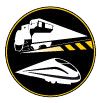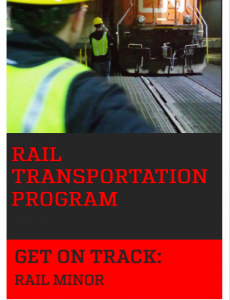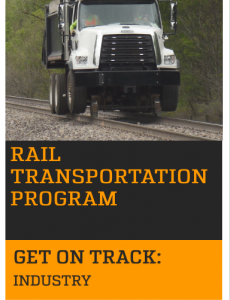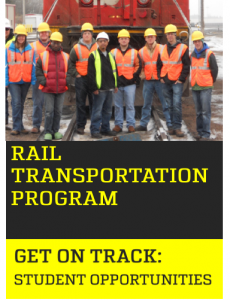RTP students have the opportunity to be involved in projects and research. Student projects develop organizational skills, real-life project experience, ability to work with clients, and interactive hands-on learning. There are two primary avenues for students to get real life project experience: Senior Design or Enterprise.
The general objective of the Senior Design Project is to provide an opportunity to successfully complete a major, semester-long assignment integrating a range of civil and environmental engineering disciplines and skills. This course serves as a transition between traditional teaching and professional practice.
Enterprise teams perform testing and analysis, make recommendations, manufacture parts, develop products and processes, provide services, meet budgets and schedules, and manage multiple projects. Faculty members act as coaches and mentors. Industry sponsors advise and guide. Enterprise projects can be one or more semester's long.
Students are welcome to contact any of the RTP Faculty members for new projects.
Scroll down or search our student Project Archives to check out completed and ongoing projects.







